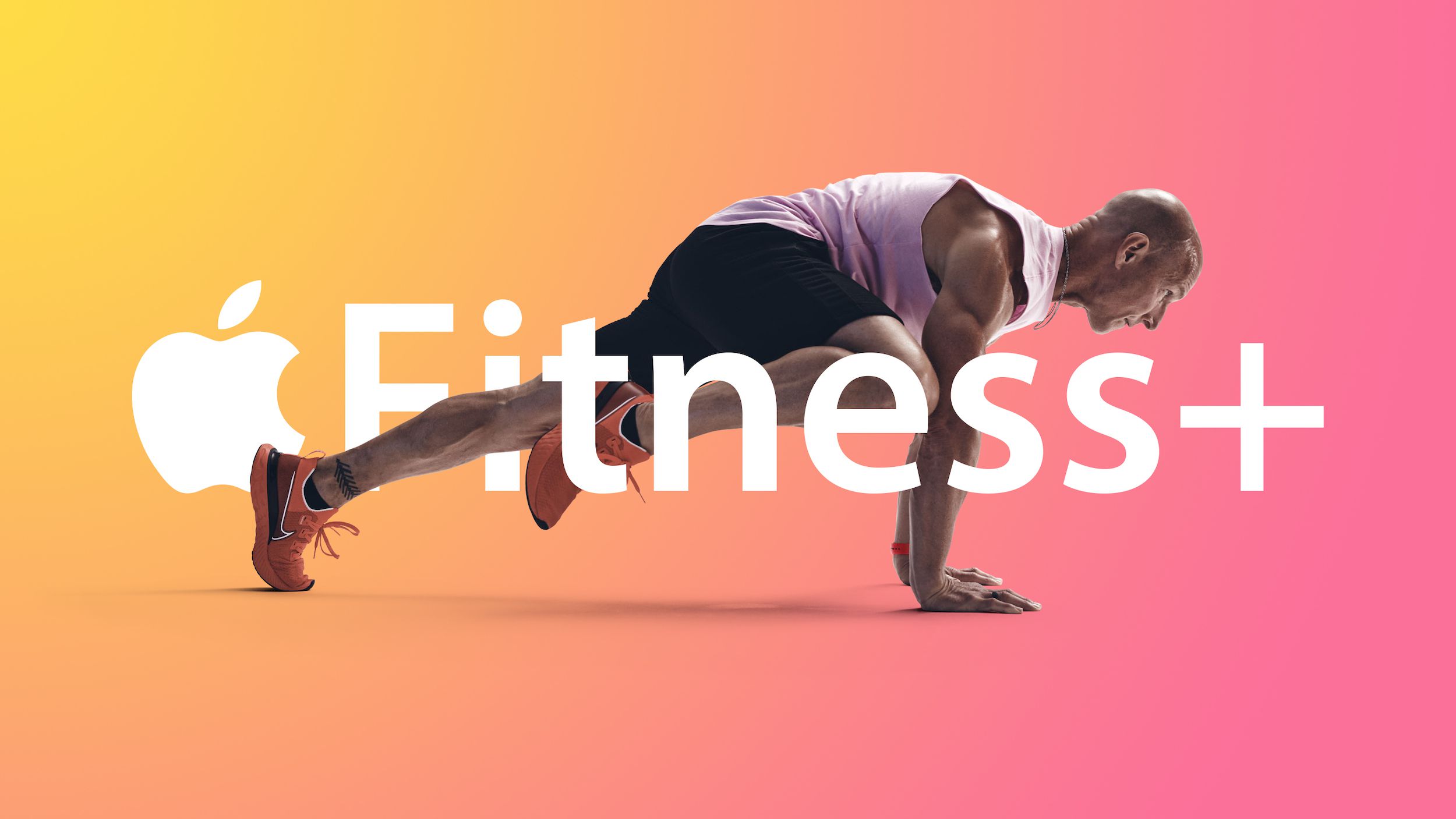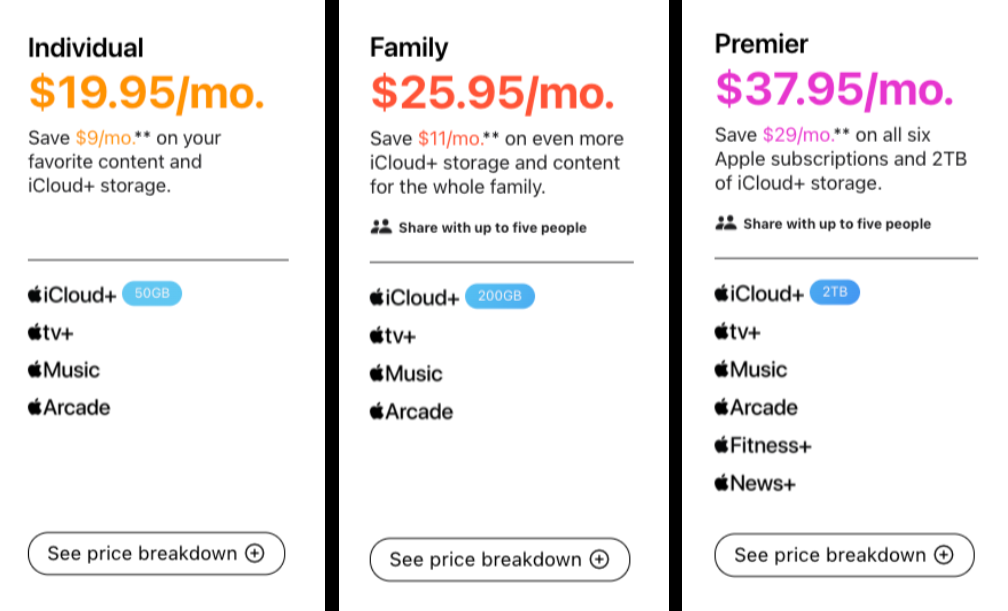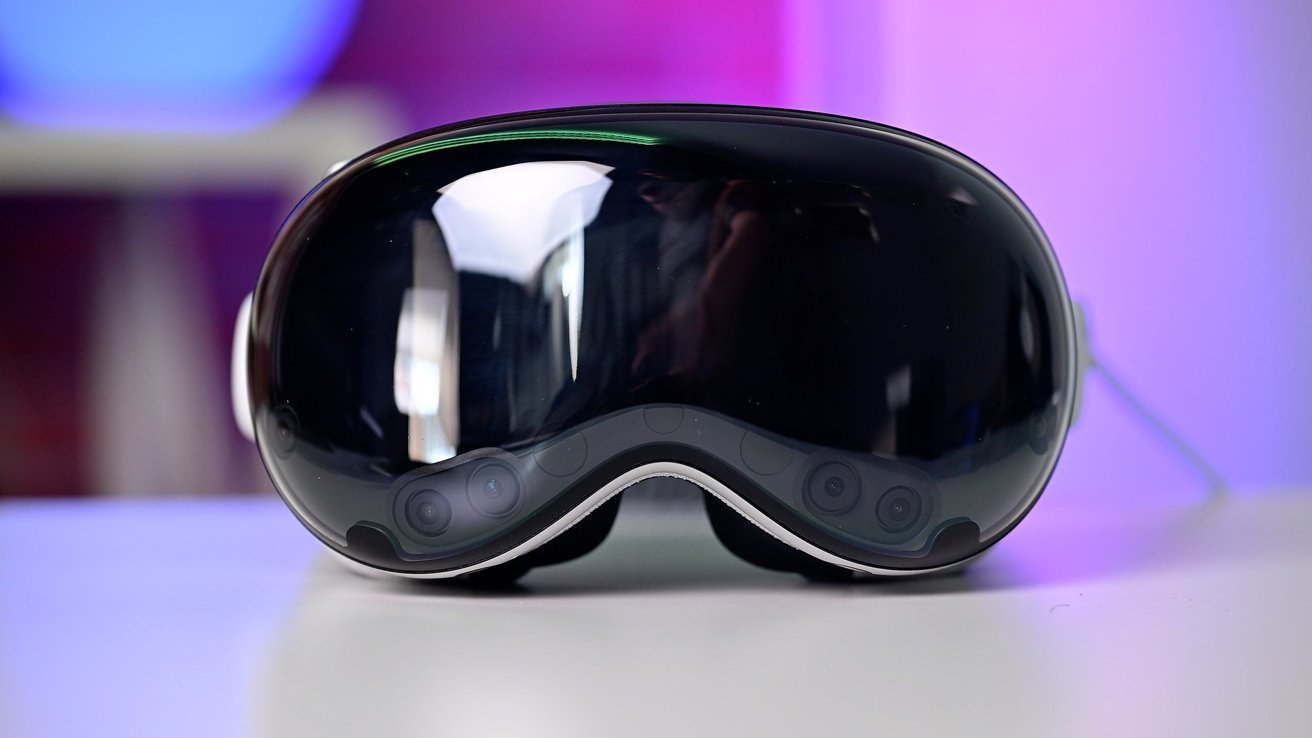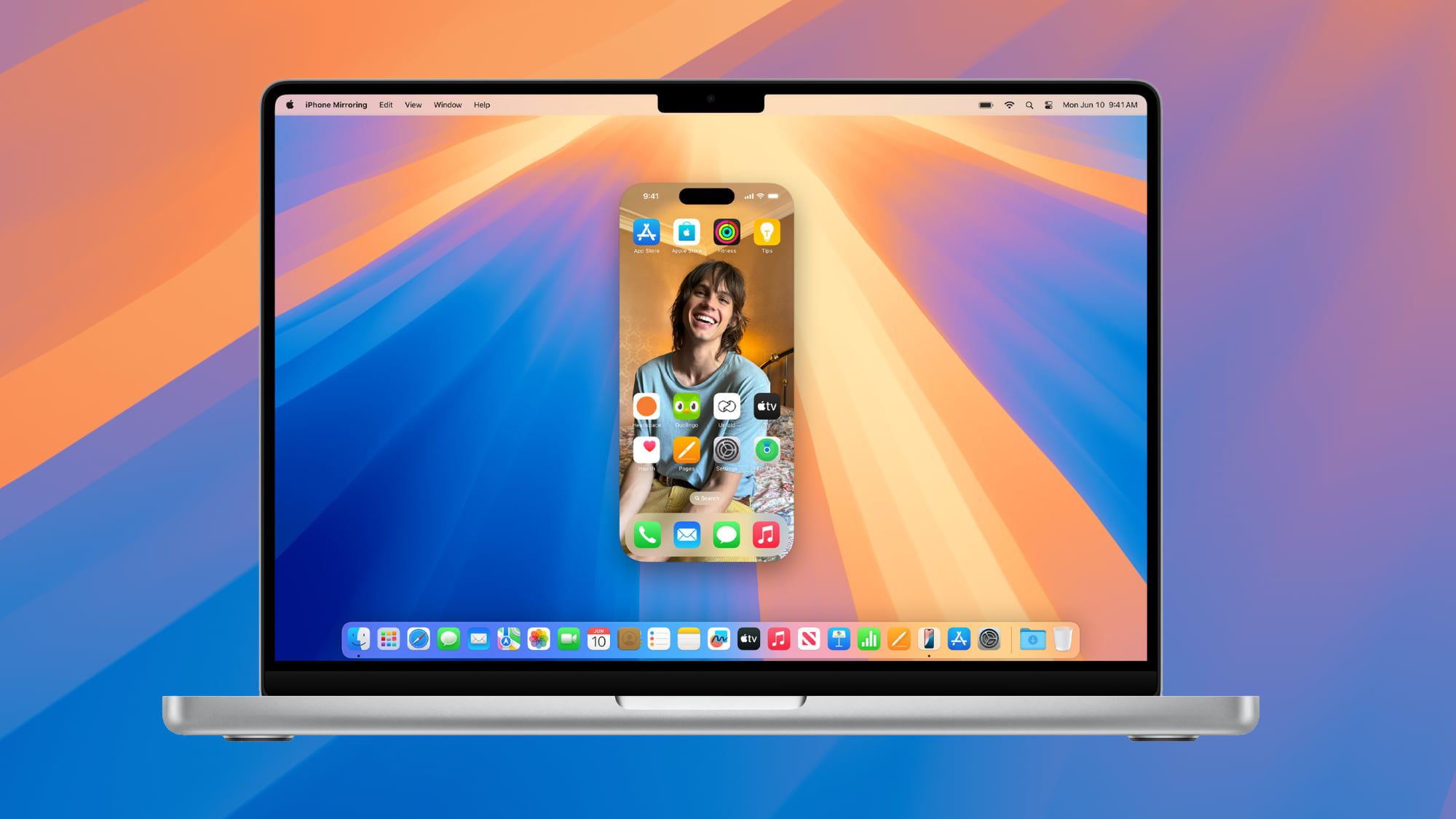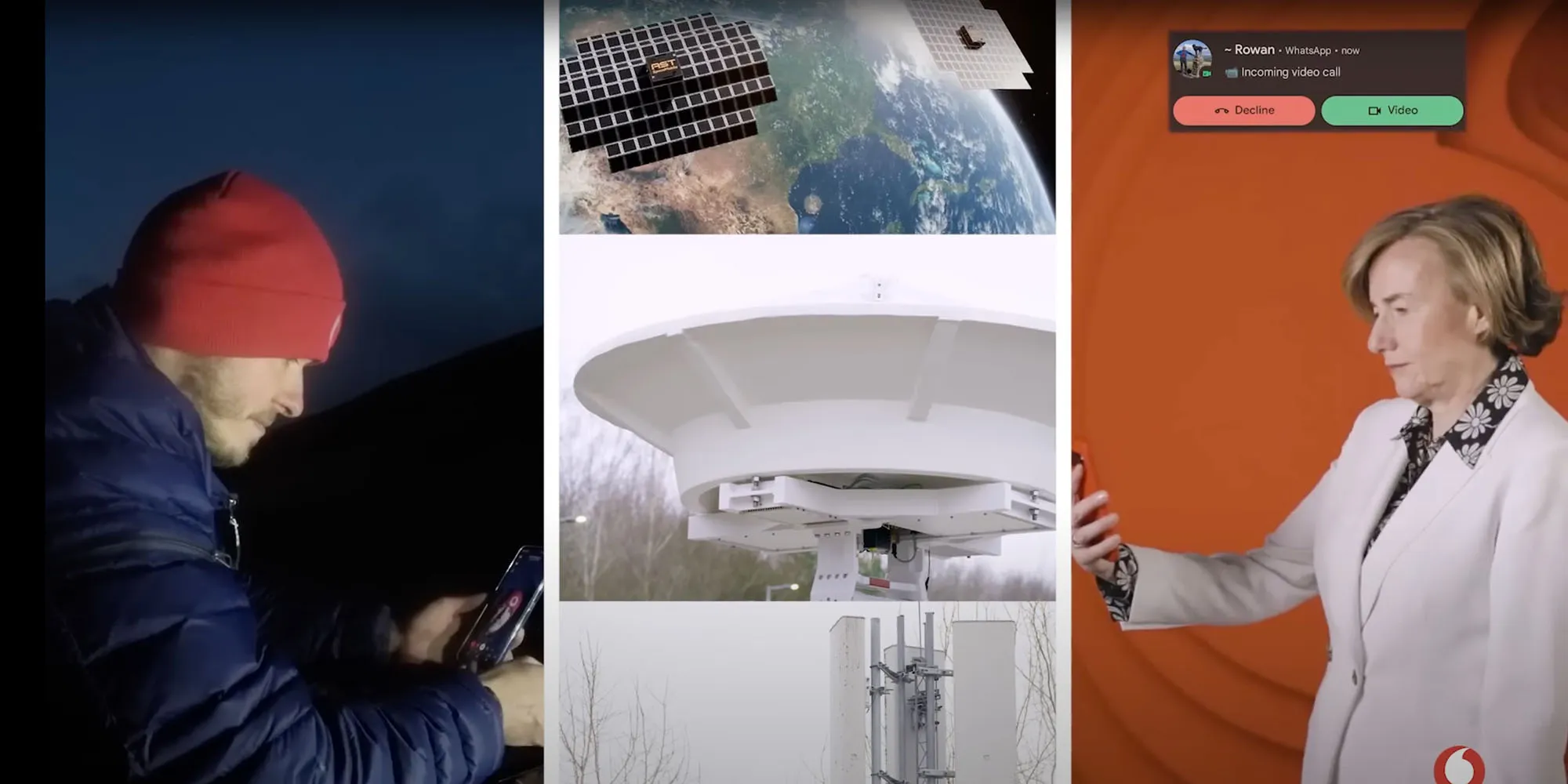Apple has not updated the Apple TV since 2022, but there’s buzz that a new model will be released in 2025. While details are still under wraps, here’s a peek at what we might see:
Updated Chip
The current Apple TV 4K runs on the A15 Bionic chip, which was introduced in the iPhone 13. For the next model, Apple might use the A17 Pro chip or something even better, paired with at least 8GB of RAM. This upgrade could open the door for more sophisticated features like enhanced Siri capabilities, part of what Apple calls Apple Intelligence.
With these improvements, Siri could become smarter, making it easier to find what you want to watch. The A17 Pro also supports advanced graphics techniques like ray tracing, which could mean better quality games on your TV, similar to those on gaming consoles.
Wi-Fi and Bluetooth Upgrades
Expect the new Apple TV to come with a new chip that supports Wi-Fi 6E, allowing for faster internet connections on the less crowded 6GHz band. This could mean smoother streaming and better connectivity with smart home devices. Both Wi-Fi only and Wi-Fi + Ethernet versions might continue to be offered, possibly with the latest Bluetooth 5.3.
Same Look, New Feel?
Don’t expect a new look for the Apple TV; it will likely keep its sleek, black plastic design. However, the internals are where the magic happens.
Pricing
There’s talk from analyst Ming-Chi Kuo about possibly introducing a more budget-friendly Apple TV, aiming for a price under $100. However, it’s more probable that Apple will keep selling the current model at a reduced price. The current model starts at $129 for 64GB.
When to Expect It
Look for the new Apple TV to hit the market towards the end of 2025, possibly in September or October.
Stay tuned to your favorite tech news sources for more updates as Apple unveils more about this anticipated refresh.


